The Emergence of the Modern Woman in Japan
The 1920s saw the advent of a new artistic movement, Japanese modernism, during which women were emancipated from their traditional role.
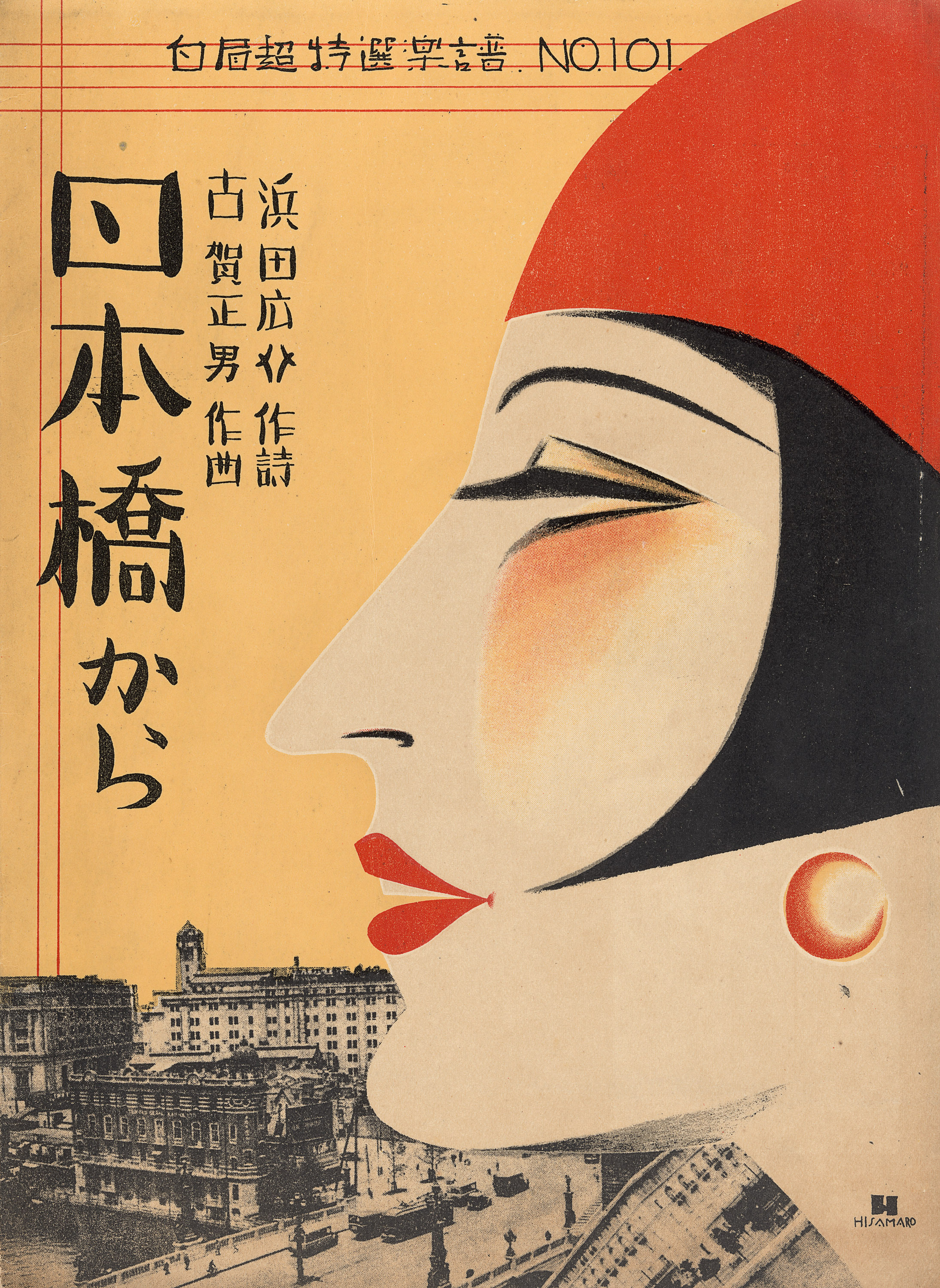
Imai Hisamaro, ‘From Nihonbashi’, 1931, colour offset lithograph, National Gallery of Victoria, Melbourne, Maureen Morrisey Bequest, 2018
In 1923, a violent earthquake shook the Kanto region, the economic heart of Japan. Entire cities were ravaged and needed to be rebuilt, most notably the capital, Tokyo. However, the country rose up, showing strength and ingenuity. This inter-war period in Japan was a time of vitality and dynamism, during which society, open to the world, was undergoing a transformation.
Thus, the 1920s and 1930s saw the appearance of department stores and the establishment of a consumer society in parallel with the arrival of new technologies like the metro. All these changes were heavily documented by artists, designers, and illustrators of the time, and many of their works were displayed as part of the Japanese Modernism exhibition at the National Gallery of Victoria in Melbourne, Australia, in 2020.
Social progress and new trends
Among the major transformations that took place in Japan, the change in women’s status was particularly significant. Many left the countryside to settle in cities, where they had the opportunity to work and become financially independent. This liberated lifestyle, punctuated by outings to newly-opened cinemas, ballrooms, and cafes, was accompanied by some rather audacious changes in style.
The clothing of the period is testament to this. While kimono continued to be worn by the majority of the population, they became more sophisticated, with elaborate motifs and bright colours. Some women chose to wear western-style dresses, with elegant make-up sold by big brands like Shiseido, whose powder compacts on display in the museum are real works of art.
Japan was not impervious to the art deco or art nouveau movements. Everyday objects appropriated these new codes and creativity infiltrated all the nooks and crannies of social life.
When women appropriated art
The artistic world, dominated by men until that time, saw the emergence of female artists. They were forgotten for a long time, but have been brought back into the limelight by the exhibition held at the National Gallery of Victoria. One such artist was Fumie Taniguchi, who in 1935 took inspiration from the Matsuura screens that date back to the 17th century for her six-panel screen entitled Preparing to Go Out (Yosoou Hitobito). The piece is an ode to the change in attitude towards women, and towards consumption and fashion at the start of the 20th century. Unfortunately, Fumie Taniguchi’s career did not last. Forced to move to the countryside during the Second World War, she ended up leaving Japan in the early 1950s and settled in Los Angeles. While there, she worked as a waitress, dressmaker, and even a multifunctional maid, and never touched a paintbrush again.
Many other works also depict the modern Japanese woman, self-assured, enlightened, and stylish. She is portrayed in Tea and Coffee Salon, Sabo (1939) by Saeki Shunko, and in Waiting for Makeup (1938) by Ayako Negishi. Later, she would be presented in other areas of Japanese culture, like Yasujiro Ozu’s cinema.
Japanese Modernism (2020) is an exhibition at the National Gallery of Victoria in Melbourne, Australia.
Address: 180 St Kilda Road, Melbourne
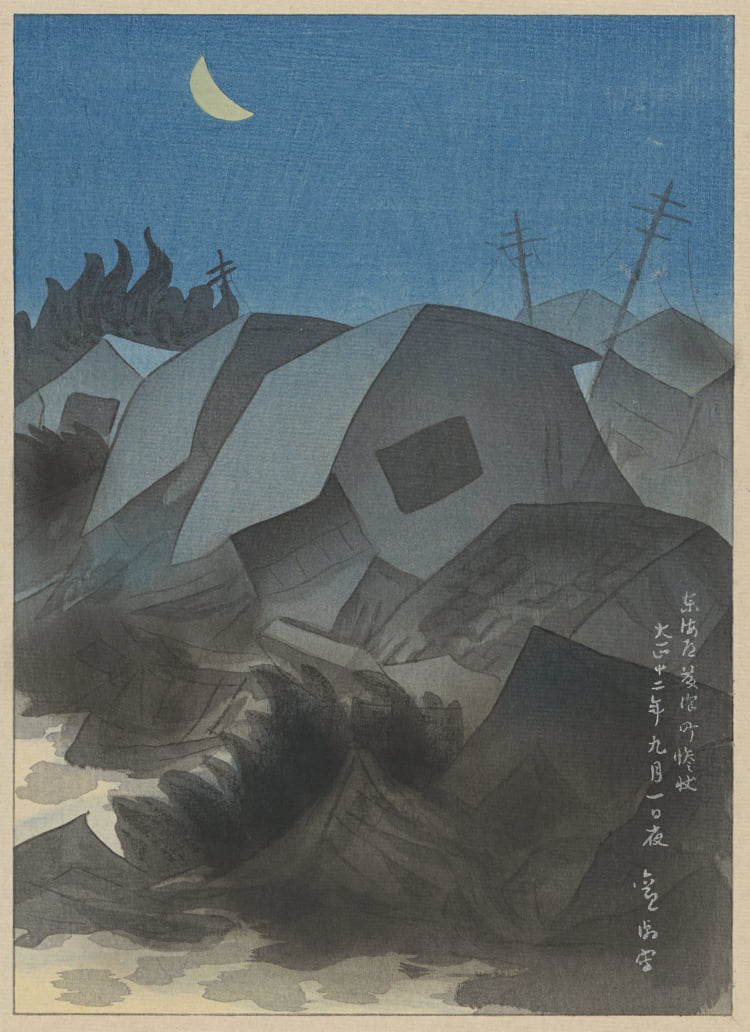

Oda Kanchō, ‘Terrible spectacle in Fujisawa on the Tōkaidō, night of September 1, 1923’, 1924 from The Taishō Great Earthquake Folio colour woodblock National Gallery of Victoria, Melbourne Purchased, NGV Supporters of Asian Art 2019, and Sugiura Hisui, ‘The first subway in Asia’, 1927 colour offset lithograph National Gallery of Victoria, Melbourne Purchased NGV Foundation, 2018 © Estate of Hisui Sugiura
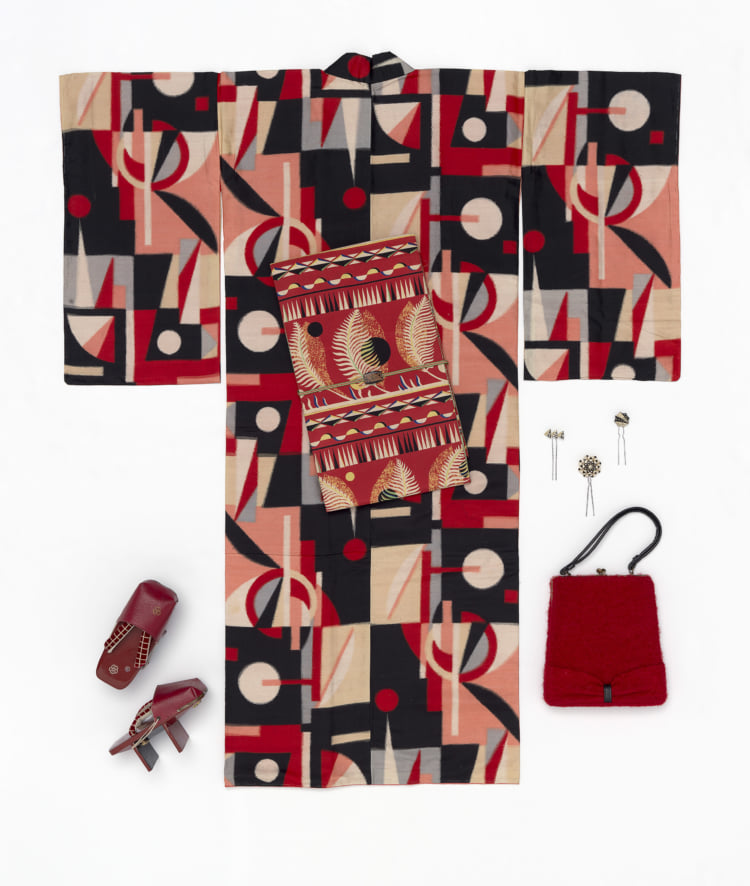
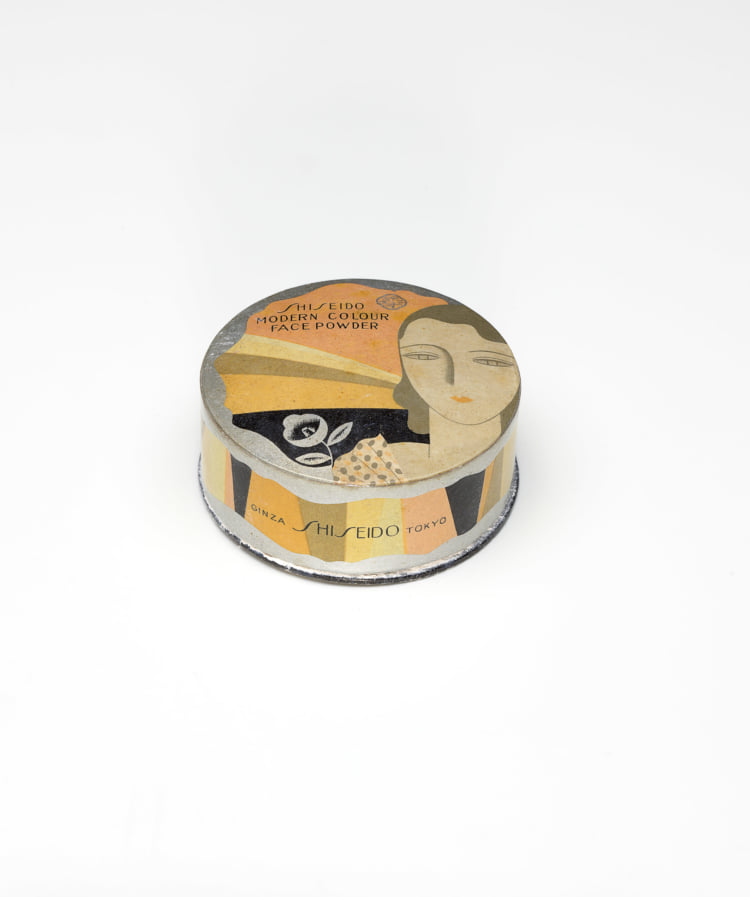
Japanese Women’s kimono with geometric design and accessories c. 1930 silk, cotton, wool, straw, wood, vinyl, plastic and metal (meisen textile) National Gallery of Victoria, Melbourne Purchased with funds donated by Allan Myers AC and Maria Myers AC, 2016 and Yamano Ayao (designer) Shiseidō (producer) Powder compact c. 1930 offset lithograph, powder National Gallery of Victoria, Melbourne Purchased with funds donated by Winsome Richards, 2019
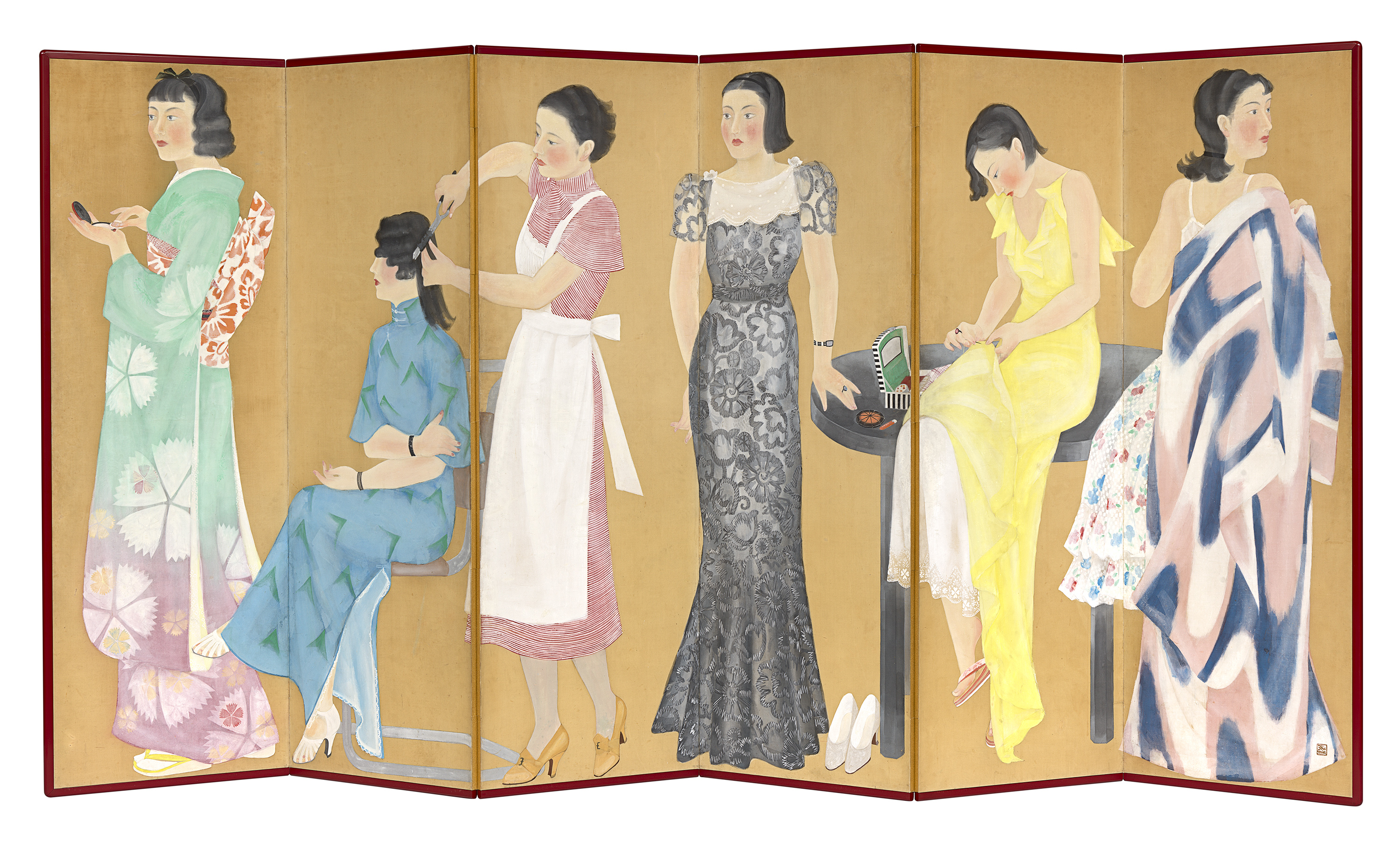
Taniguchi Fumie, ‘Preparing to go out’, 1935, six-panel folding screen: ink and watercolour on silk, lacquer on wood, National Gallery of Victoria, Melbourne, Kevin McDonald and Eunice McDonald Bequest and NGV Foundation, 2019 © Estate of Taniguchi Fumie
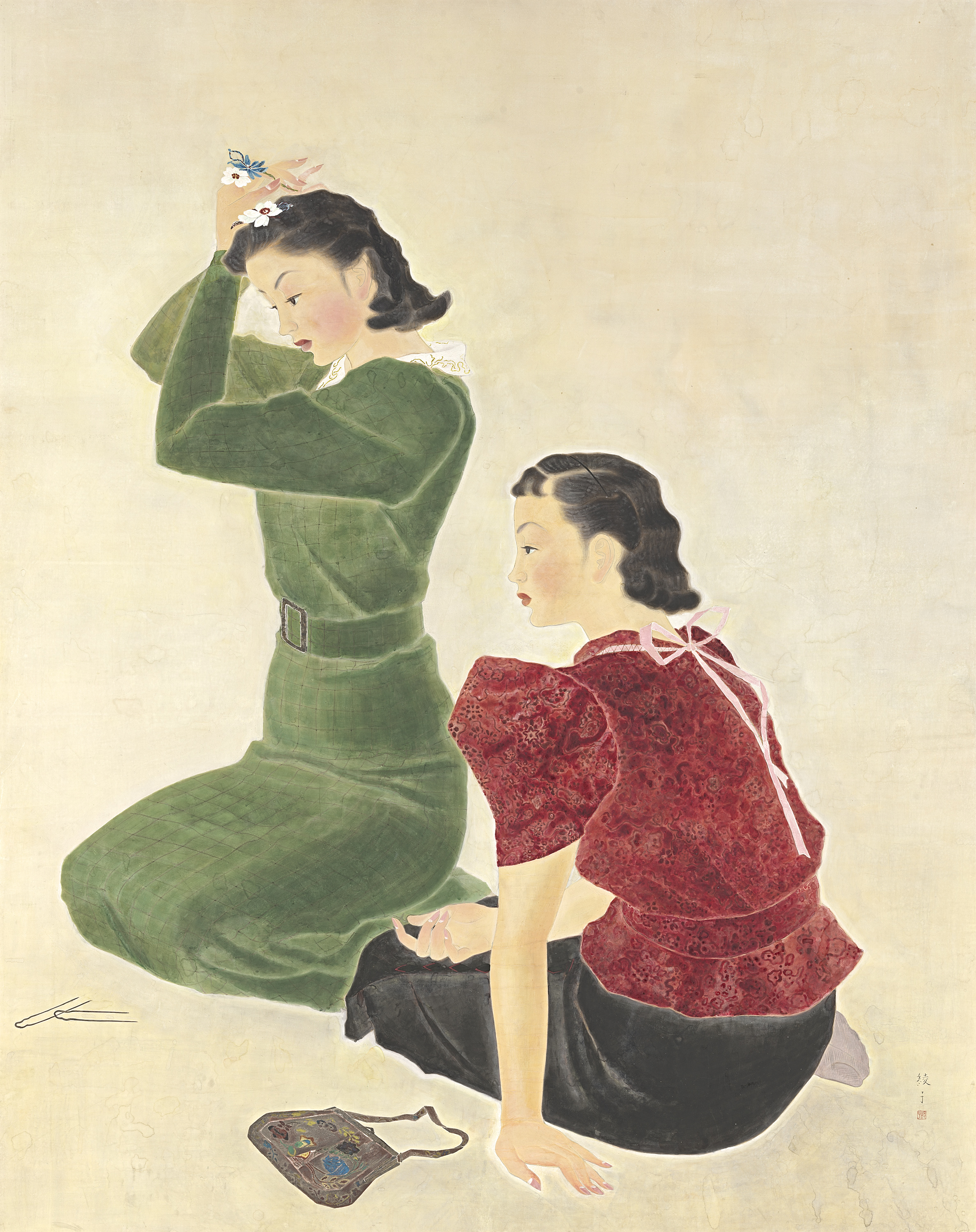
Negishi Ayako, ‘Waiting for makeup’, 1938, coloured inks on paper, National Gallery of Victoria, Melbourne, Purchased with funds donated by Jennifer and Brian Tymms, 2018
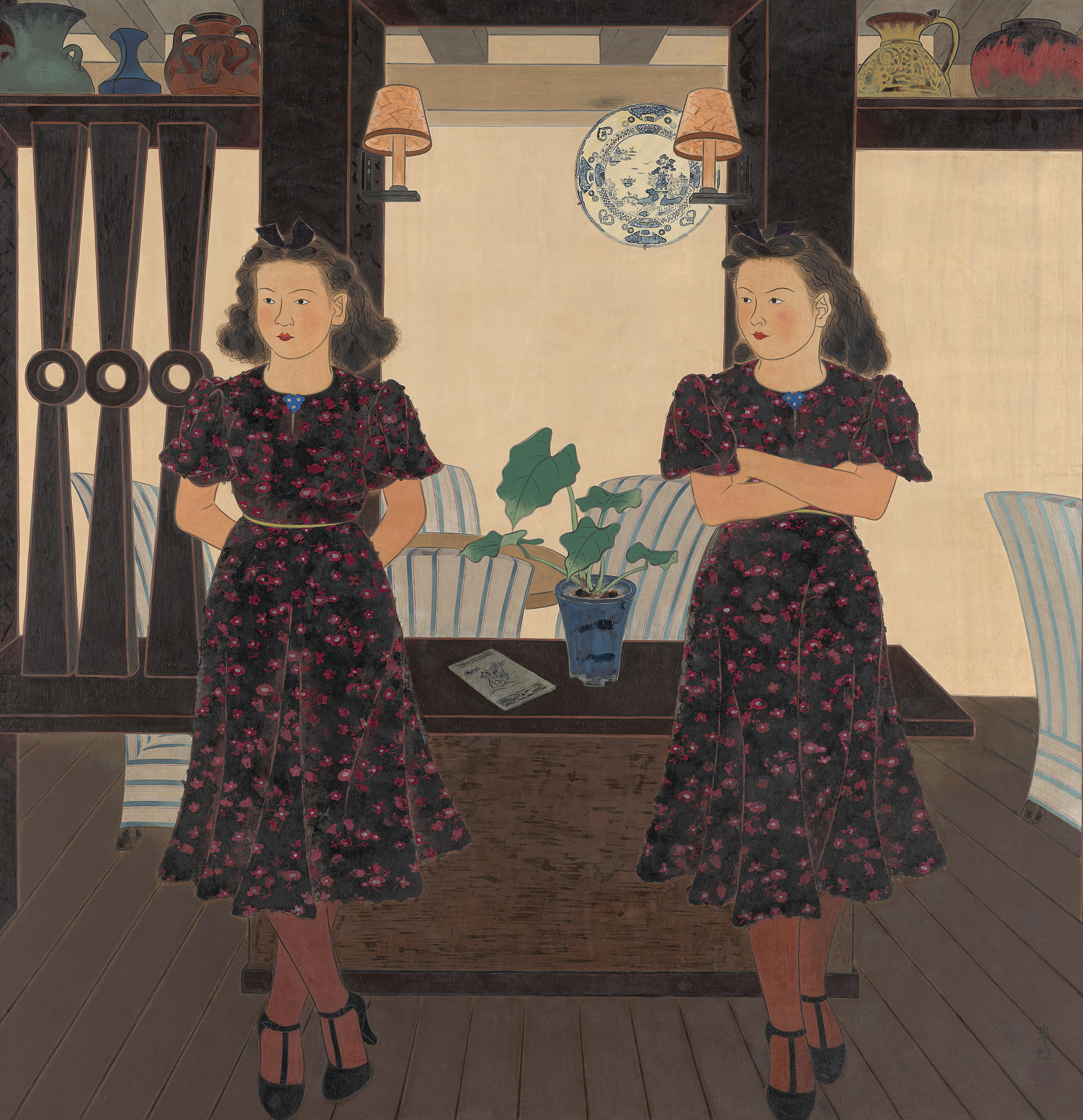
Saeki Shunkō, ‘Tea and coffee salon’, 1939, ink, colour, paper, lacquer, National Gallery of Victoria, Melbourne, Purchased with funds donated by Alan and Mavourneen Cowen, The Myer Foundation and the NGV Supporters of Asian Art, 2015
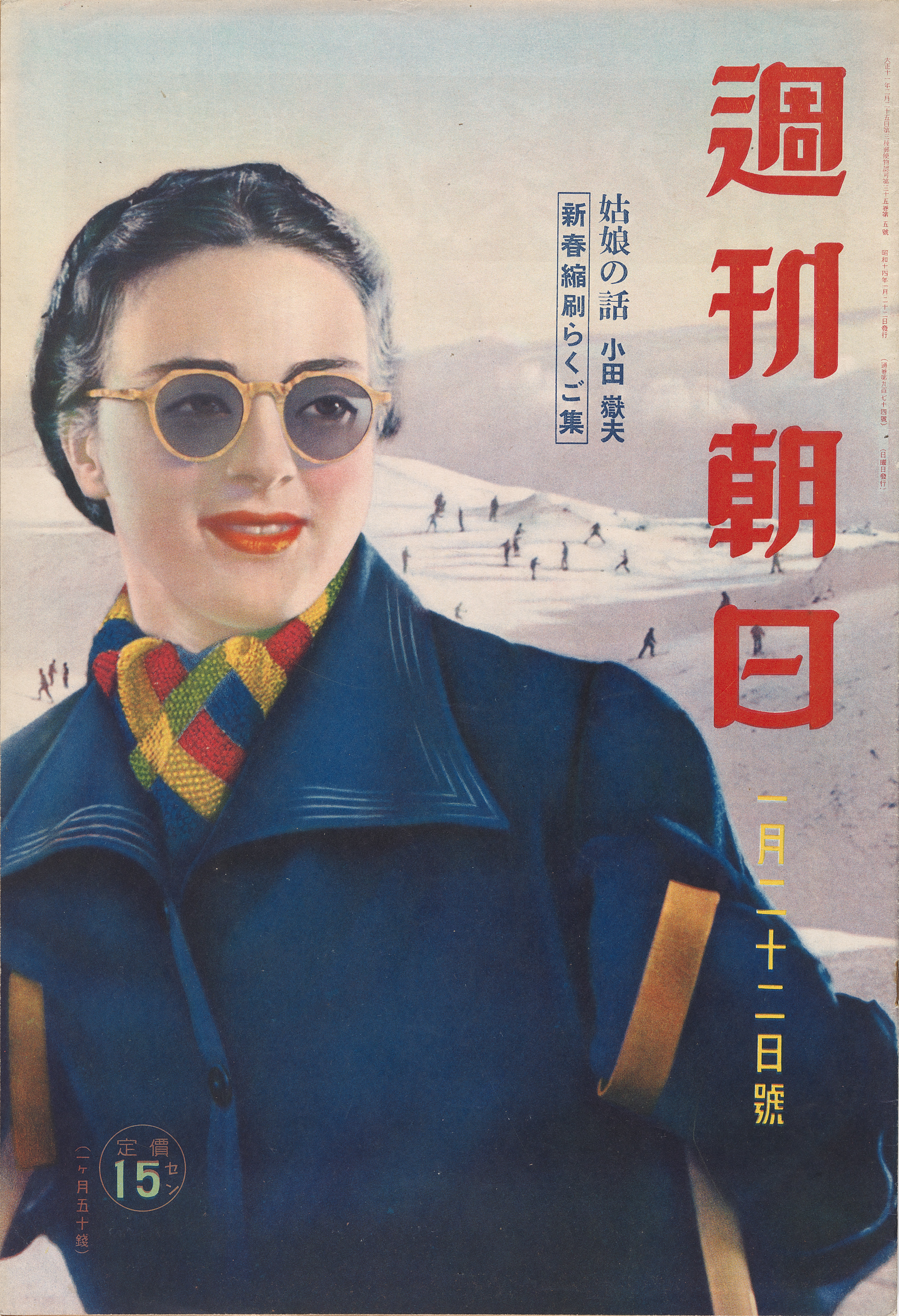
The Asahi Shinbun Company (publisher) Asahi Weekly, 22 January 1939, colour offset lithograph, National Gallery of Victoria, Melbourne, Maureen Morrisey Bequest, 2018
TRENDING
-
The Tattoos that Marked the Criminals of the Edo Period
Traditional tattoos were strong signifiers; murderers had head tattoos, while theft might result in an arm tattoo.

-
Paris, Tokyo: Robert Compagnon
With his co-chef and talented wife, Jessica Yang, Robert Compagnon opened one of the top new restaurants in Paris: Le Rigmarole.
 3:31
3:31 -
Chiharu Shiota, Red Threads of the Soul
Last year, more than 660,000 people visited the retrospective 'Chiharu Shiota: The Soul Trembles' exhibit at the Mori Art Museum.

-
‘Before Doubting Others, Doubt Yourself. Who Can Truly Say a Dish Isn’t What It Used to Be?’
In ‘A Non-Conformist’s Guide to Surviving Society’, author Satoshi Ogawa shares his strategies for navigating everyday life.

-
The Story of Sada Yacco, the Geisha who Bewitched Europe
Described by Dazed magazine as the first beauty influencer, she has been restored to her former glory since 2019.





